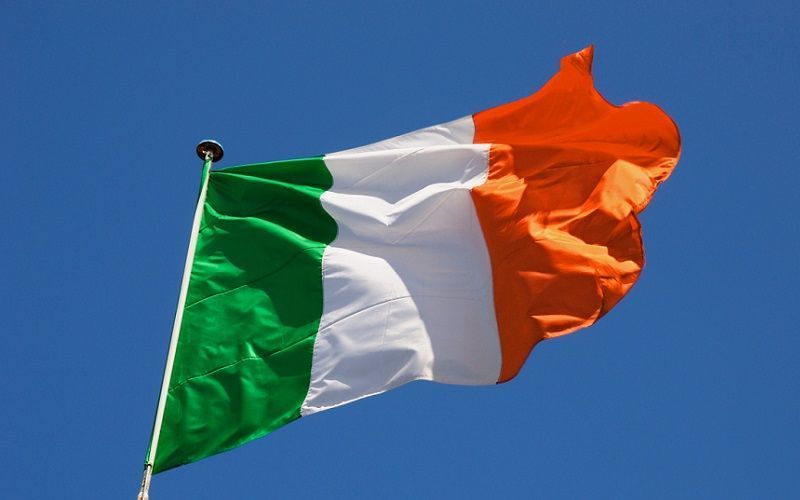Ireland's Dairy Cow Numbers Increase by 42% in a Decade, CSO Data Shows
Sourse: DairyNews.today
The number of dairy cows in Ireland has surged by 42% over the past decade, according to data released Tuesday, December 17 by the Central Statistics Office (CSO).

The Farm Structure Survey 2023 report revealed that the total number of cattle in Ireland reached 7.34 million in 2023, an increase of 438,835 (6%) compared to 2013. However, the number of Irish farms with cattle decreased by 8% during the same period, falling to 102,564 farms.
In 2023, there were 16,844 farms with dairy cows, down from 18,145 in 2013. The report also noted a decline in the number of farms with other cows, from 77,205 in 2013 to 61,442 last year, as well as a drop in the number of farms with other cattle, from 110,350 to 101,597.
The number of dairy cows has grown significantly in the past decade, rising by 483,440 (41.6%) to 1.65 million in 2023, while the number of other cows decreased by 24%, to 872,148. In contrast, the overall number of cattle in Ireland, which includes other cows and cattle, increased by just 5% to 7.34 million.
The average herd size on cattle farms grew by 16% since 2013, rising from 62 to 72 animals. Dairy herd sizes saw a more notable increase, growing by 53% from 64 to 98 cows per farm. The average herd size for other cattle also rose, from 42 to 47.
Regions with the largest cattle populations included the mid-west (Clare, Tipperary, and Limerick) with 1.48 million cattle, and the southwest (Cork and Kerry) with 1.45 million cattle. Cork was the county with the highest cattle numbers, reaching 1.1 million animals, including nearly 398,000 dairy cows.
Waterford reported the highest average herd size at 139 animals, followed by Kilkenny at 138 and Tipperary at 117.
The CSO also reported an increase in sheep numbers, which rose by 12% to 5.55 million since 2013. The rise was driven by a 12% increase in ewe numbers and a 13% increase in other sheep. There were 33,656 farms with sheep, down by 8% from a decade ago.
The number of pigs in Ireland rose by 13% to 1.75 million, while poultry numbers increased by 4% to 17.1 million. The majority of poultry was accounted for by table birds, which made up 73.7% of the total poultry population. The Border region had the highest number of poultry, with 11.5 million birds, representing 67.1% of the national total.
In 2023, there were 16,844 farms with dairy cows, down from 18,145 in 2013. The report also noted a decline in the number of farms with other cows, from 77,205 in 2013 to 61,442 last year, as well as a drop in the number of farms with other cattle, from 110,350 to 101,597.
The number of dairy cows has grown significantly in the past decade, rising by 483,440 (41.6%) to 1.65 million in 2023, while the number of other cows decreased by 24%, to 872,148. In contrast, the overall number of cattle in Ireland, which includes other cows and cattle, increased by just 5% to 7.34 million.
The average herd size on cattle farms grew by 16% since 2013, rising from 62 to 72 animals. Dairy herd sizes saw a more notable increase, growing by 53% from 64 to 98 cows per farm. The average herd size for other cattle also rose, from 42 to 47.
Regions with the largest cattle populations included the mid-west (Clare, Tipperary, and Limerick) with 1.48 million cattle, and the southwest (Cork and Kerry) with 1.45 million cattle. Cork was the county with the highest cattle numbers, reaching 1.1 million animals, including nearly 398,000 dairy cows.
Waterford reported the highest average herd size at 139 animals, followed by Kilkenny at 138 and Tipperary at 117.
The CSO also reported an increase in sheep numbers, which rose by 12% to 5.55 million since 2013. The rise was driven by a 12% increase in ewe numbers and a 13% increase in other sheep. There were 33,656 farms with sheep, down by 8% from a decade ago.
The number of pigs in Ireland rose by 13% to 1.75 million, while poultry numbers increased by 4% to 17.1 million. The majority of poultry was accounted for by table birds, which made up 73.7% of the total poultry population. The Border region had the highest number of poultry, with 11.5 million birds, representing 67.1% of the national total.
Key News of the Week











